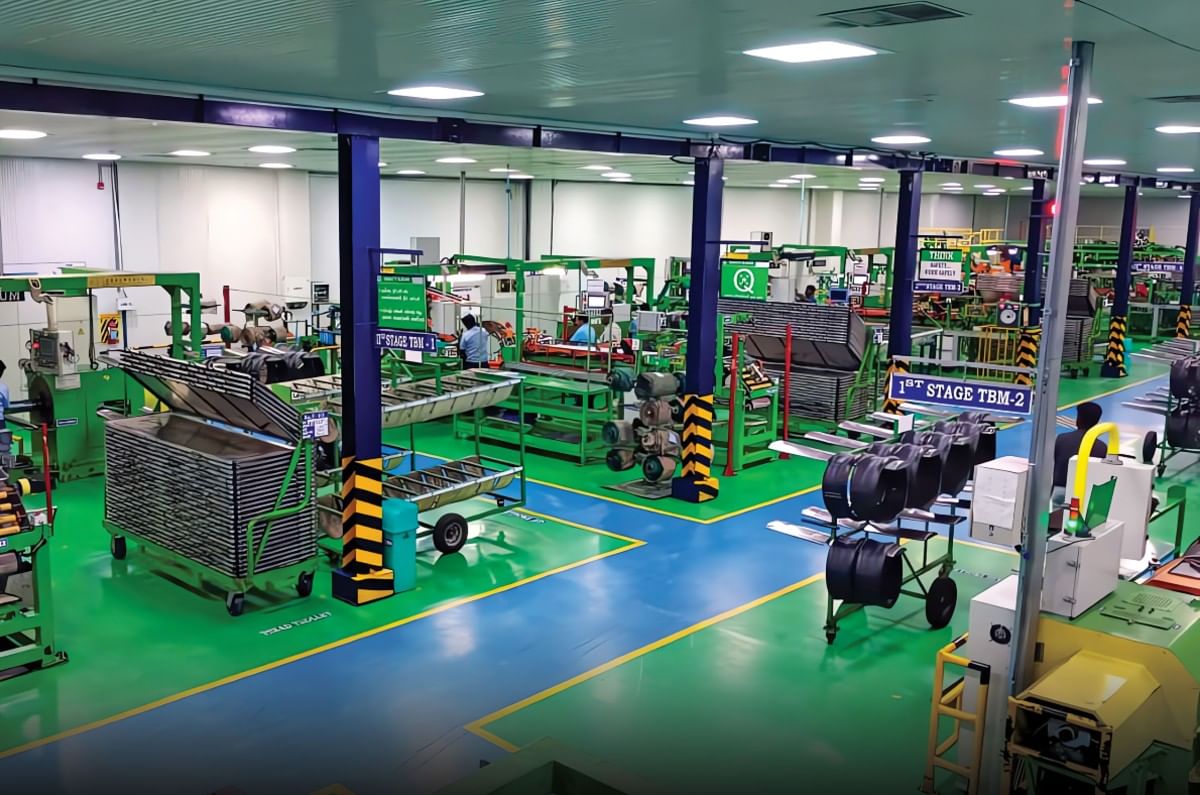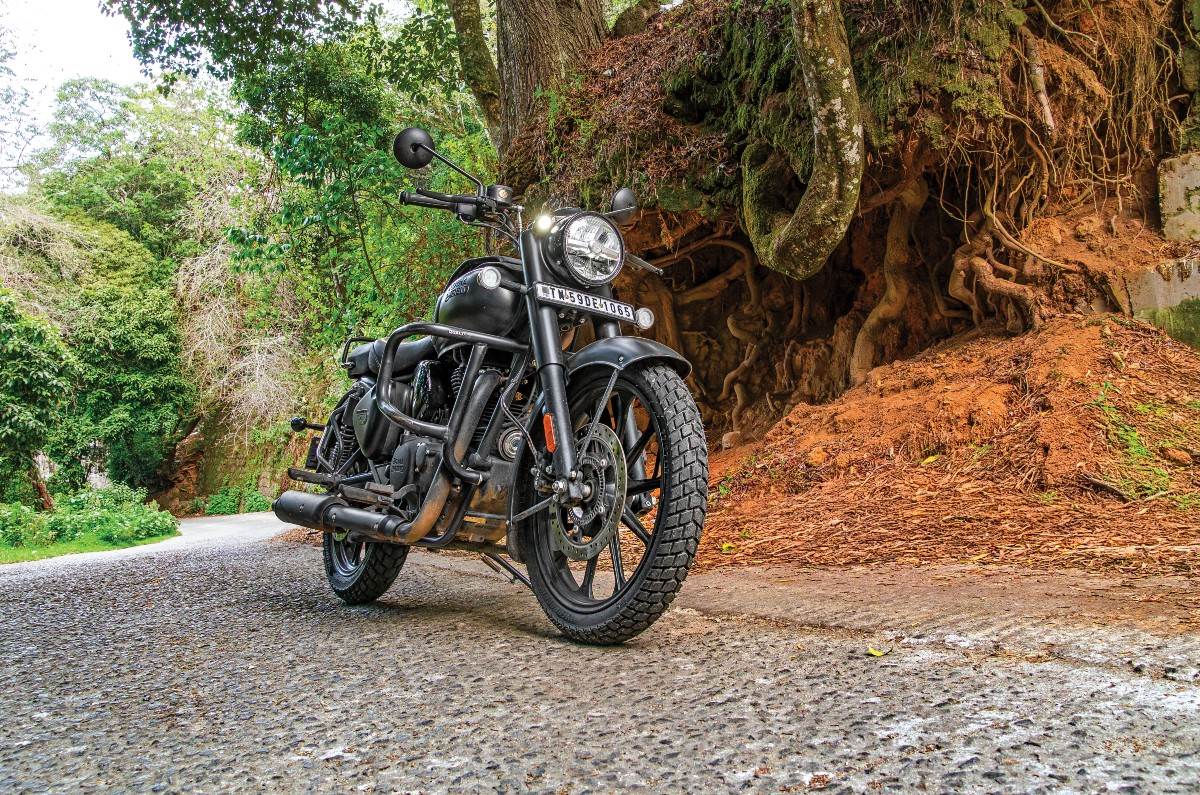
There are few components on an automobile that get precious little thought and attention while simultaneously playing such a big role as tyres. Tyres are some of the most valuable yet underappreciated aspects of riding a bike.
Indian-made two-wheeler tyres have taken huge leaps forward in the past few years when it comes to performance, and TVS Shrichakra has been one of the manufacturers leading that charge with its Eurogrip brand. While we’ve already had a few opportunities to sample their impressive new offerings, the company recently extended a unique opportunity to visit their tyre manufacturing facility in Madurai.
The tour began with a visit to the raw materials stocking warehouse, which provided a glimpse at the scale of the operation. This was a big warehouse packed with the very base-level materials that go into making a tyre – or rather, the particular rubber compounds that make the tyre.

The next step was visiting the section where a concoction of chemicals like acids, resins, rubber and carbon black is cooked to produce the compounds that eventually make the tyres. This section of the facility was hotter, noisier and dustier than your typical auto factory, and there was a heavy lingering smell of chemicals in the air.
Different tyres in the Eurogrip range use different compounds, all of which are made in this section of the factory in the form of large black sheets of rubber. These sheets are then stacked in a storage section, with information tags about the traceability of their materials and what their expiry date is. Each batch is sample-tested and moves to the next stage of actually making the tyres only if it passes these tests.
At this point, we moved to sections of the plant that are more along the lines of what you would expect from an automobile factory, and one of them was even air conditioned. As it turns out, this wasn’t simply for comfort, but because this was where the radial tyres were being prepared for the final process of being squeezed and baked into shape. The air conditioning is necessary to protect the metal wires that go into the radial tyres from moisture in the air.
It was quite fascinating watching the rubber sheets slowly transform into the familiar shape of a tyre as they moved from machine to machine. Eventually, this lad to a bald rubber hoop that was finally starting to look something like a tyre. However, the most impressive visual spectacle of all was the final stage, where this hoop is put into a mechanical press.
This machine generates about 180-200PSI of pressure and 150 degrees centigrade of heat. It’s basically a giant pressure cooker that combines all the various polymers and compounds in the rubber in the desired manner. While doing so, it also gives the tyre its final shape in terms of tread pattern, profile and various stampings.
After some time, the super hot tyres are removed when ready and inflated with air to help them keep the desired shape until the rubber cools. The duration of this final process can take anything from 10-20 minutes, depending on the model. Every tyre made has a bar code that makes it fully traceable, down to when it was made, using what batch of material, by which machine, and even by which worker.

With the manufacturing side covered, we then got to witness the R&D labs. This was split into three separate labs – chemical, material and analytical. Here, the company has a fully forensics setup whereby they can tell you the complete breakdown of the materials in a tyre – practically down to the molecular level. This level of insight is crucial when it comes to testing and developing new materials, vendor development and, of course, evaluating products from the competition.
The company revealed that 95 percent of the two-wheeler tyres it rolls out are now tubeless. It is also quite proud of the fact that up to 85 percent of the energy used to make these tyres is green and comes from rooftop solar as well as contracted windfarms in the locality. They also claim that there is zero water discharge, and all used water is treated and re-used.
This factory visit was a great way to understand where our tyres come from, and I was surprised by how much of the rubber-compound-making process is done in-house. It’s good to see what a deep technological insight companies like this now have, and it means that we can only look forward to even better things to come.
Also See: Eurogrip Roadhound tyres review

